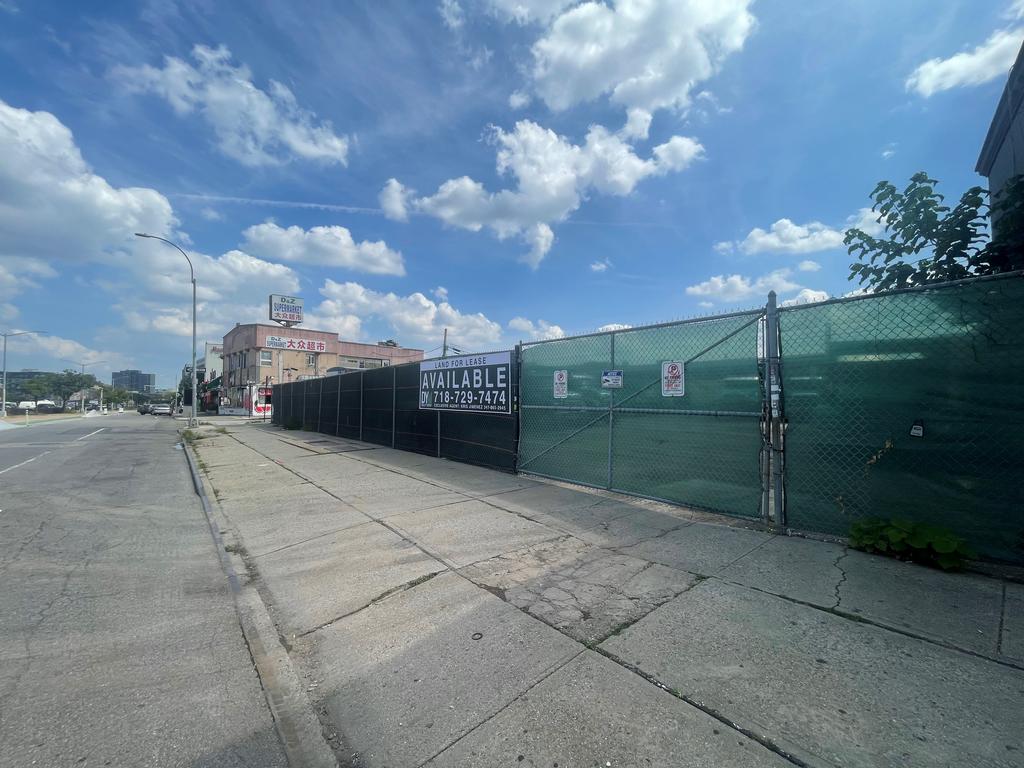10,750 sf Land For Lease
Description
DY Realty Group has been retain to offer this 10,750 sf industrial yard for short term lease.
Site provides 200 amp 3-phase electric and access via Ireland St and Queens Blvd.
Up-to 12 months available.
Documents
Location
Address
7618 Queens Blvd, Elmhurst, Queens, NY 11373
Cross Street
Ireland
Block
2451
Lot
0006
Subway
MR
Highways
Brooklyn Queens ExpyLong Island Expy
Sq Ft
Available Land
10,750 sf
Bldg Dimensions
100 X 100
Plot
10,750 sf
Lot Frontage
100'
Lot Depth
100'
Financials
Asking Lease
Call or Email
Taxes
$18,168.00
Possession
Nov '23
Construction
Use
Land-All
Zone
M1-1
FAR
1
Drive-in
2
Image Gallery

Location
Brooklyn Queens Expy
Long Island Expy
M
R
Zoning
M1-1 Zone
M Zones
In New York City, areas designated as M-zoned are primarily intended for industrial and manufacturing uses. Here's a summary of M-zoned areas across the city:
1. Purpose and Zoning Regulations:
- M-zones are designed to accommodate a variety of industrial and manufacturing activities, including heavy and light manufacturing, warehousing, distribution centers, and storage facilities.
- These areas are regulated by zoning laws to ensure compatibility with surrounding neighborhoods and to manage issues such as noise, traffic, and environmental impacts.
2. Types of M Zones:
- M1 - Light Manufacturing: Typical uses include warehousing and storage, wholesale services, showrooms, media production, repair centers, etc.
- M2 - Medium Manufacturing: Typical uses include warehousing and storage, transportation facilities, utility services, construction related services, heavy repair, auto uses, etc.
- M3 - Heavy industrial: Typical uses include power plants, bulk storage, recycling and waste management, heavy repair, construction facilities, concrete plants, etc.